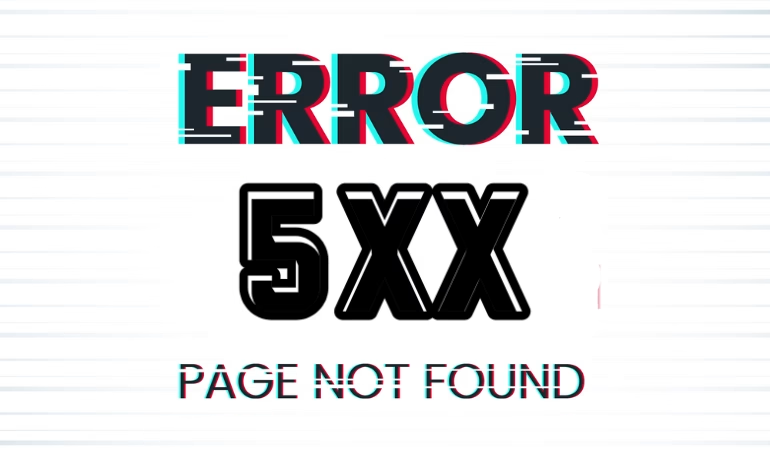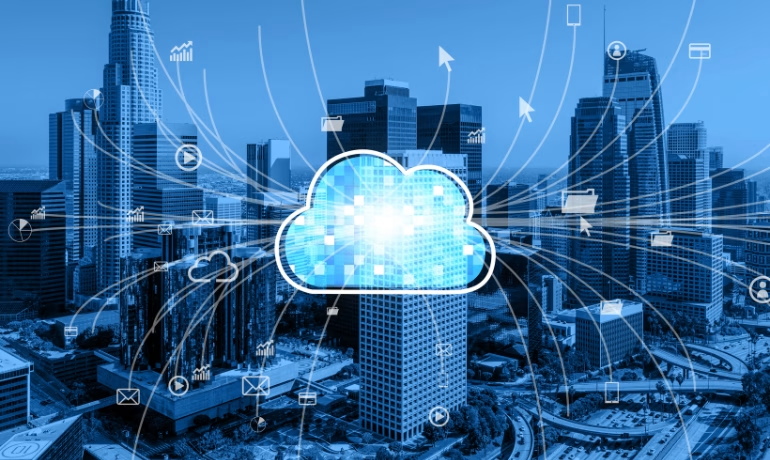What happened today wasn’t just another outage. It felt more like someone unplugged a giant wire that the entire digital world secretly depends on, and everything just… fell over. Watching Cloudflare break in 2025 is almost ridiculous. We are surrounded by tech companies bragging about AI-powered stability, predictive routing, magical clouds that supposedly “fix themselves,” yet a single fault in one company’s system was enough to send people across Pakistan scrambling like it was the early 2000s again. The whole thing felt embarrassingly fragile.
The most frustrating part is how quickly everything failed. Not gradually—instantly. One moment websites were loading fine, and the next, the entire experience felt like someone poured glue into the internet’s engines. Pages froze halfway. Payment portals spun forever. Even systems that had nothing to do with Cloudflare suddenly appeared broken. This isn’t how a “modern” internet is supposed to behave, especially when the industry keeps telling us we’re living in the safest digital era ever. But it’s obvious now: that confidence was oversold.
In Pakistan, the impact hit even harder, and honestly, it’s not surprising. Our internet routes are already hanging by threads most days. Half the time, one ISP fights another, and users get caught in the crossfire. So when a major global backbone sneezes, we end up catching pneumonia. The outage didn’t just slow things down—it erased them. Websites that weren’t even hosted on Cloudflare looked dead because the pathways to them snapped like they were made of cheap plastic. People kept refreshing their screens like the problem was on their side, when the truth was sitting thousands of miles away.
What makes the situation more irritating is how predictable it was. We like to imagine the internet as this massive, unstoppable machine, but if you peel back the layers, it’s basically a giant puzzle held together by a handful of companies that everyone quietly hopes will never make a mistake. That’s not resilience—that’s wishful thinking. And today proved it. One misconfiguration, one attack, one internal issue, and suddenly entire countries slip into digital silence. It’s almost reckless how much trust is placed in single providers, and nobody really questions it until things go dark.

Another uncomfortable truth: the systems behind the scenes have gotten too complicated for their own good. Engineers keep stacking new layers of tech on top of old ones, patching instead of redesigning, and pretending the whole structure is solid. It’s not. Complexity becomes fragility. One wrong piece moves, and the rest topple. That’s exactly what we saw. A supposedly advanced system stumbled, and the effects traveled across continents in seconds. You’d think a global network would be harder to break. Turns out it’s way easier than anyone wants to admit.
Something else that doesn’t get discussed enough is how much noise and traffic the modern internet carries. AI-driven botnets, aggressive scraping tools, automated attack traffic—2025 feels like a constant digital storm. Providers that once could handle attacks without blinking now openly admit they’re struggling. Every outage seems bigger than the last because everything around it has grown louder, heavier, and more chaotic. It feels like the internet is always one step behind the chaos.
The most worrying part is that many businesses never planned for any of this. When everything went down today, a lot of companies acted shocked, as if outages were impossible. No backup DNS, no alternate routing, no proper monitoring, no disaster plan—just blind faith in “the cloud.” That’s not a strategy. That’s gambling. And the price of that gamble became painfully clear. The moment Cloudflare stumbled, so did the operations of thousands of companies that assumed modern infrastructure was too smart to fail.
What happened today should be treated as a loud, blaring warning. This wasn’t just some technical hiccup—it was a reminder that our digital world is far more breakable than we admit. The internet isn’t some flawless network humming along in the background. It’s a patchwork of services, each one depending on the next, and when one snaps, everyone feels it. Pretending otherwise is dangerous.
If we don’t take this seriously, the next outage will hit harder. And there will be a next outage. The only question is whether we’ll finally learn from this one, or wait for another bad day to remind us how thin the line between “online” and “gone” really is.
Similar Post
Auto-Scaling for Traffic Spikes: Keeping Your Store Calm When Everyone Shows Up
You spend weeks planning your big sale. Ads are
How Managed IT Services Help Businesses Save Time and Money in 2025
Let’s be real. Running a business in 2025 isn’t



